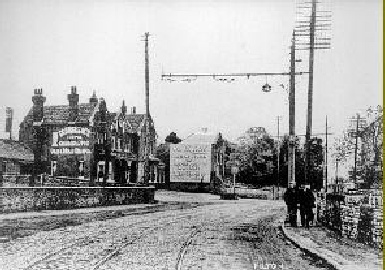


Ray & Shirley Thomas 2016. Terms & Conditions
copyright acknowledged to Bristol & Avon Family History Society

FILTON
BRISTOL








Filton history
Prior to the 19th century, with just a few big houses and a scattering of farms, less than 500 people lived in Filton. Farming was the principal occupation. In 1814, Rev. SEYER, the rector wrote, "Horfield is a most lawless place and Filton not much better. Horfield Wood was then on both sides of the road and it was not very safe to pass that way."
Just a few things about Filton


In 1869, Samuel Shield founded Shield’s Laundry, a key industry that served the gentry from a wide area. It was a large factory-
1869
Perhaps the most important year in Filton's history is 1910 when Sir George WHITE (1854-
1910
Filton received the benefit of a railway station when the Bristol & South Wales Union Railway was built through the parish and opened its line to New Passage in 1863 with ferries across the Severn. This later formed part of the Great Western Railway. The original station was near the site of the third and current ‘Filton Abbey Wood’ station. A second and much larger railway station, known as Filton Junction, opened in 1910, after the new line to Avonmouth was finished. A halt, called Filton Halt (later North Filton Platform) was built on this line at the bottom of Filton Hill for the convenience of factory workers.